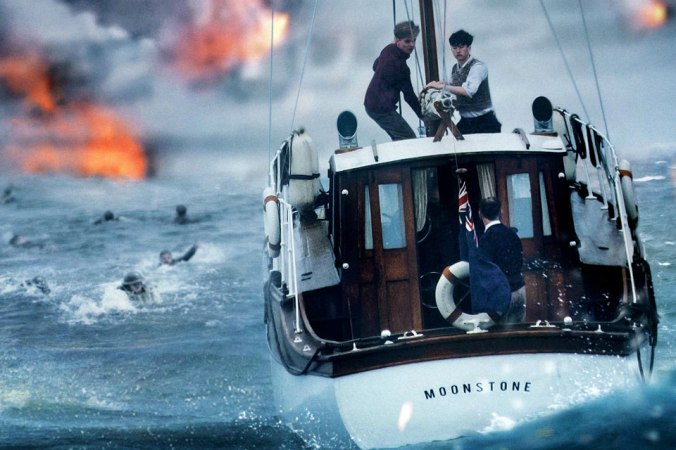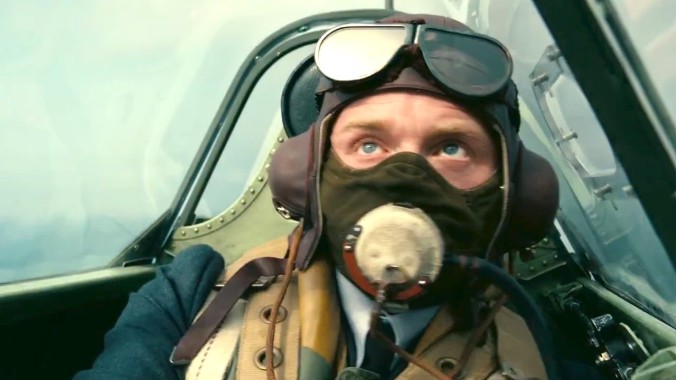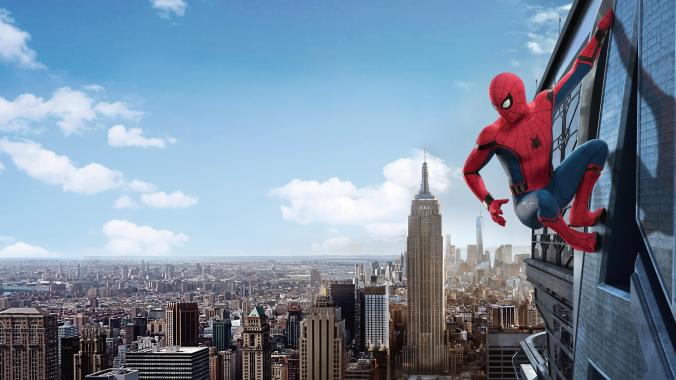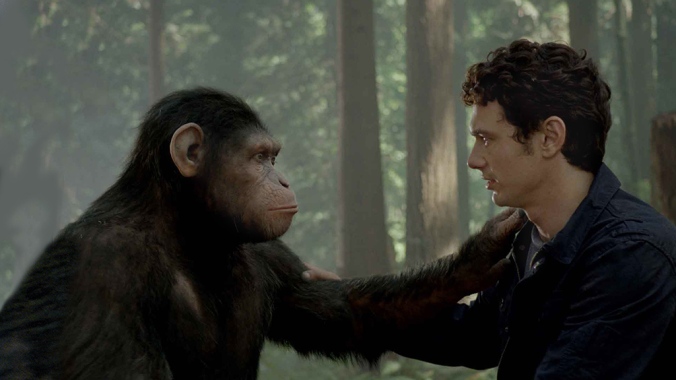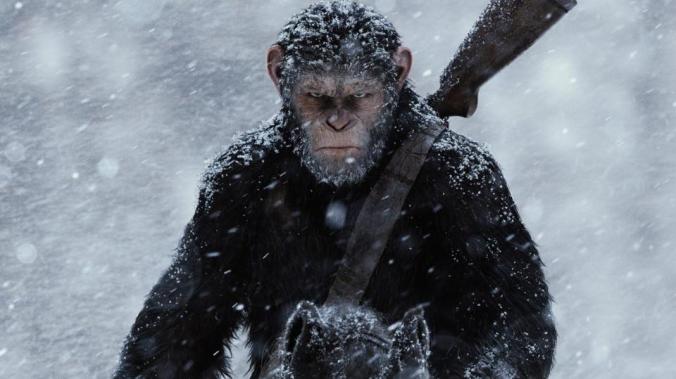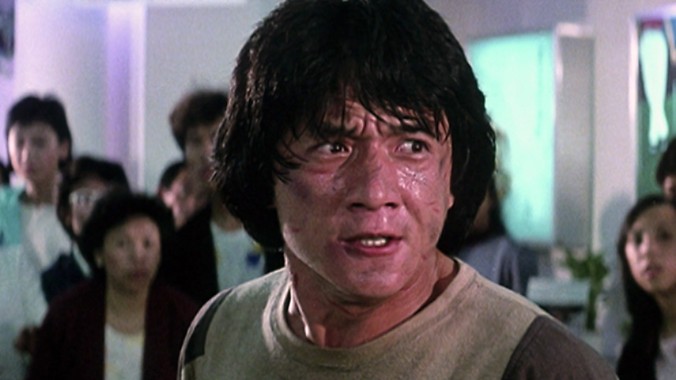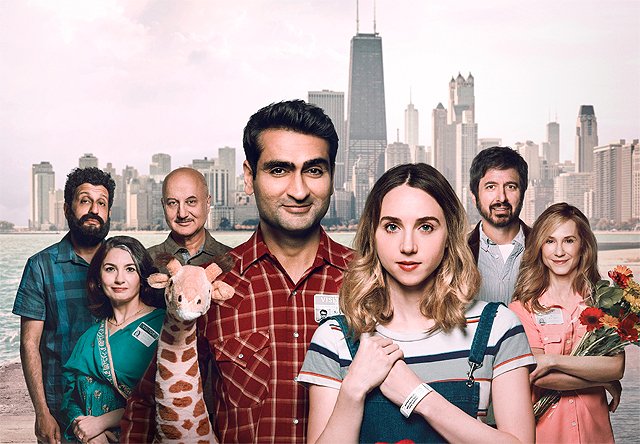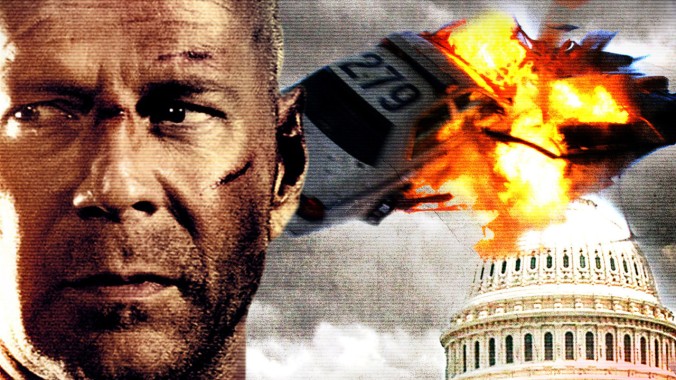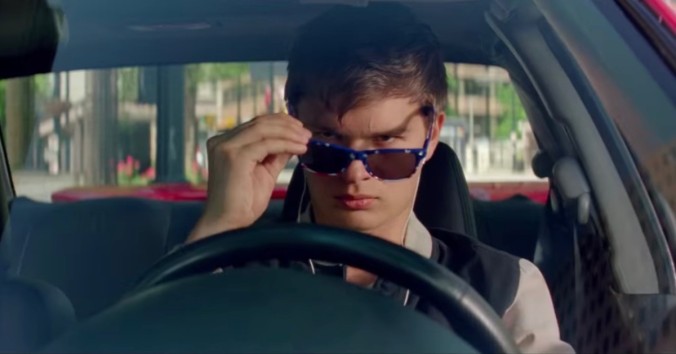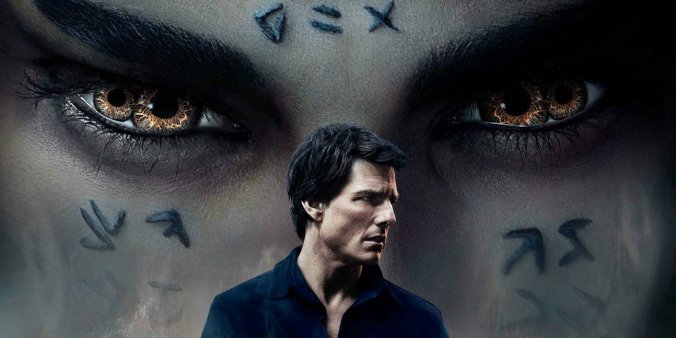Kathryn Bigelow’s Detroit has scenes and sequences that would potentially build to a powerful film about the disturbing incident of police brutality at the Algiers Motel on the night of July 25-26, 1967. The central sequence that depicts this event is certainly as harrowing and unsettling as it could possibly be and cries out for justice for the victims who died at this event. The problem with the movie is that the depiction of the background surrounding the pivotal event is confused and frustrating.
About that central sequence that lasts about an hour, director Bigelow and writer Mark Boal (who previously collaborated on two previous brilliant fact-based films, The Hurt Locker and Zero Dark Thirty) depict the incident as harshly and unsparingly as possible. This section is punishingly claustrophobic as we see the white cops, fueled by blatant racism, abuse their authority and terrorize the primarily black residents in the motel looking for a sniper’s rifle that was not there (it was actually a starter’s pistol fired as a joke). The residents, including Vietnam War vet Robert Greene (Anthony Mackie) and Larry Reed (Algee Smith), are lined up against the wall, physically beaten, and psychologically tortured with venomous racist attitudes. The presence of two white women, Julie (Hannah Murray) and Karen (Kaitlyn Dever) triggers further racism among the cops. Mock executions are staged to make the others talk about the “gun” until a few of them were done for real, ultimately leading to the deaths of three black men.
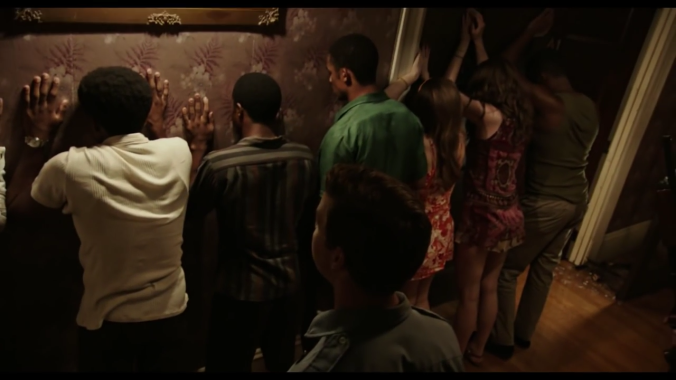
This is an urgent story that is still sadly relevant today and, with the right focus and clear structure, would have made a singularly impactful film. The film’s central problem, however, is that, in its portrayal of the 1967 Detroit riots in the background, it does not lend the riots the gravity it deserves as a whole. I believe the filmmakers will argue that the first third of the movie leads up to the central Algiers motel incident to make it stand in for the systemic issue of racism and police brutality. However, the movie is unfocused and oversimplified in outlining the mechanisms behind the racially motivated clash between the African-American citizens and the predominantly white police and army troops. Worse, while the movie goes on to tell the incident’s aftermath, including what became of the survivors of the incident and the subsequent trials of the police officers, the movie fails to mention the total number of 43 deaths in the riots. I find it uncomfortable that the dozens of other deaths (many of them in circumstances of excessive police force as well as one who was a police officer) are unnamed and ignored by the wayside.
In the movie’s attempt to supply context, it opens with an animated tapestry-like montage composed of illustrations by Jacob Lawrence, which provides some abbreviated history on the migration of African-American to the northern cities and the Caucasians to the suburbs. The movie then recreates the pivotal event that incited the riots on July 23, 1967. A group of 82 African-Americans were celebrating in an unlicensed drinking club to celebrate the return of two GIs from the Vietnam War (although the movie does not really explain this context either). The police raided the club, unfairly arresting all of them, and a group of onlookers started looting the places nearby. As the riots grew out of control, troops from the National Guard and the US Army were brought into the situation.

With a relentless, handheld faux documentary approach (too relentless, in fact, which I will get to), the movie’s first third tries to capture the escalating riots in a dizzying fashion. As the looting continues, police officers are in constant alert for fear of sniper fire. One of the most disturbing moments of the film, which made me literally gasp in the theater, is one in which a young girl looks outside a window, is mistaken for a sniper, and shot by a National Guard soldier on the street (which actually happened to a real girl named Tanya Blanding). We also meet a fictional composite character, a white police officer named Krauss (Will Poulter), who shoots an unarmed looter on the street running away with his shotgun.
Poulter, as Krauss, has been praised by many reviews that I have read, but I think his character really is a key to the problem of the movie being so confusing and facile in its deconstruction of the events. He is the one who becomes the ringleader to the other terrorizing white cops in the Algiers Motel (one willing named Flynn, played by Ben O’Toole, and one more reluctant named Demens, played by Jack Reynor). However, as written by Boal, after we see Krauss shoot and kill the looter, we see him being questioned by a superior officer about excessive force. In showing how he merely gets a strong verbal warning for his actions, that scene is meant to illustrate the systemic lack of consequences for murdering an unarmed man. However, it also telegraphs the character to make him seem like a singular, crazed person and thus undercuts the issue from feeling like a systemic one. It also does not help that Poulter plays his character in constant bug-eyed fashion to make him appear so one-dimensionally villainous.
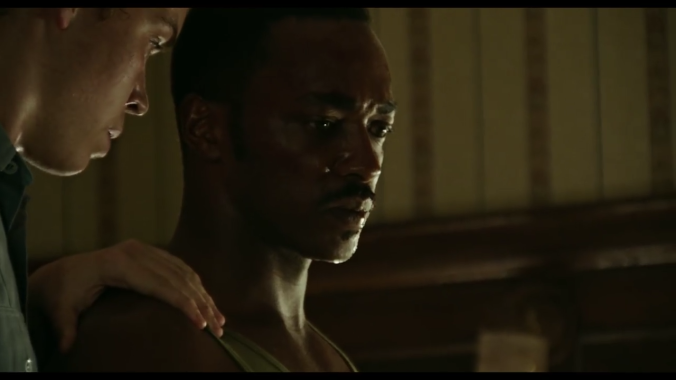
There are thankfully other performances that stand out, including John Boyega as security guard, Melvin Dismukes, who must helplessly witness the horrific treatment at the motel. Mackie is reliably formidable as Robert Greene, who displays calm under duress simply to survive the night. As an aspiring singer, Algee Smith also makes a strong impression. There are some early scenes with him as part of the up and coming Motown group, The Dramatics, performing on stage, which provide some warmth to the movie.
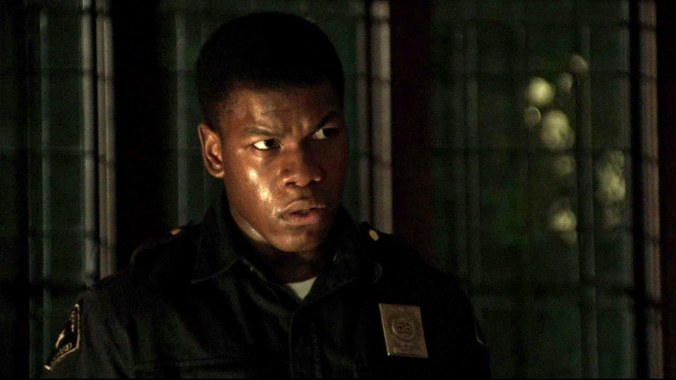
Even the warmth of these scenes, however, is undermined by the aforementioned relentless camerawork by Barry Ackroyd (who also shot other “you are there” films like Captain Phillips and Bigelow’s The Hurt Locker). The handheld shooting style with whip pans and zooms is appropriate for the harrowing scenes to heighten the visceral tension, but using the same approach for the warmer scenes actually normalizes and blunts the impact. The musical scenes serve to highlight the cultural values and talents that a few African-Americans possess and a visual contrast would have served better to underscore what they lose at the tragic incident.
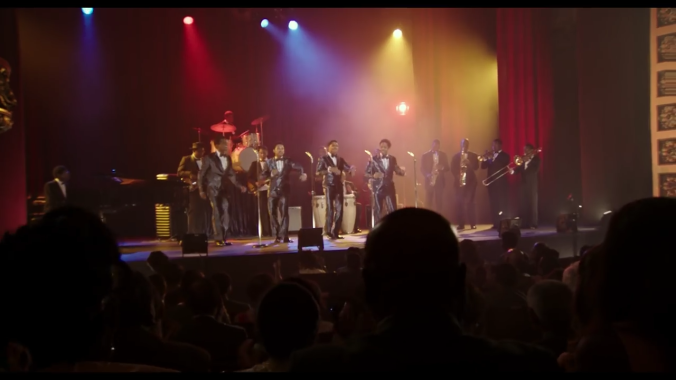
Even with significant flaws, there is some merit in a movie like this, which can encourage people (myself included) to learn and think more about the Detroit riots. I may be torn in separating the significance of telling the Algiers Motel incident and criticizing the film’s shortcomings to portray the riots as a whole (and I would strongly recommend Spike Lee’s 1989 film, Do the Right Thing, as the definitive movie that illustrates the mechanisms of racism that build to a tragic riot). However, a useful, if uncomfortable, discussion born out of a flawed movie is a valuable one.
Rating: 63/100
USA. 2017. Directed by Kathryn Bigelow. Written by Mark Boal. Starring: John Boyega, Algee Smith, Anthony Mackie, Will Poulter, Jacob Latimore, Jason Mitchell, Hannah Murray, Kaitlyn Dever, Ben O’Toole, Jack Reynor, John Krasinski, and Jennifer Ehle. Presented by Annapurna Pictures. Rated R for strong violence and pervasive language.

